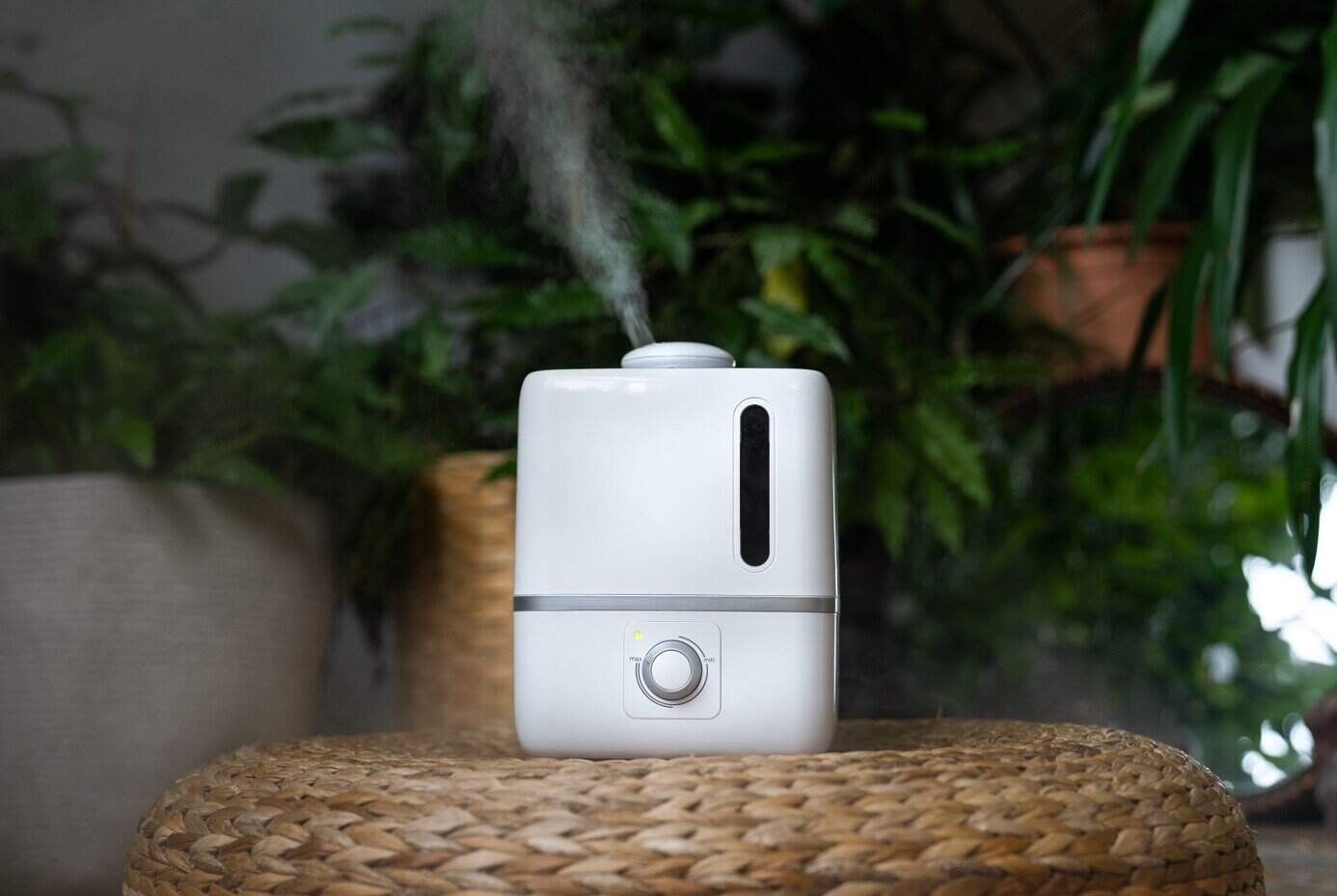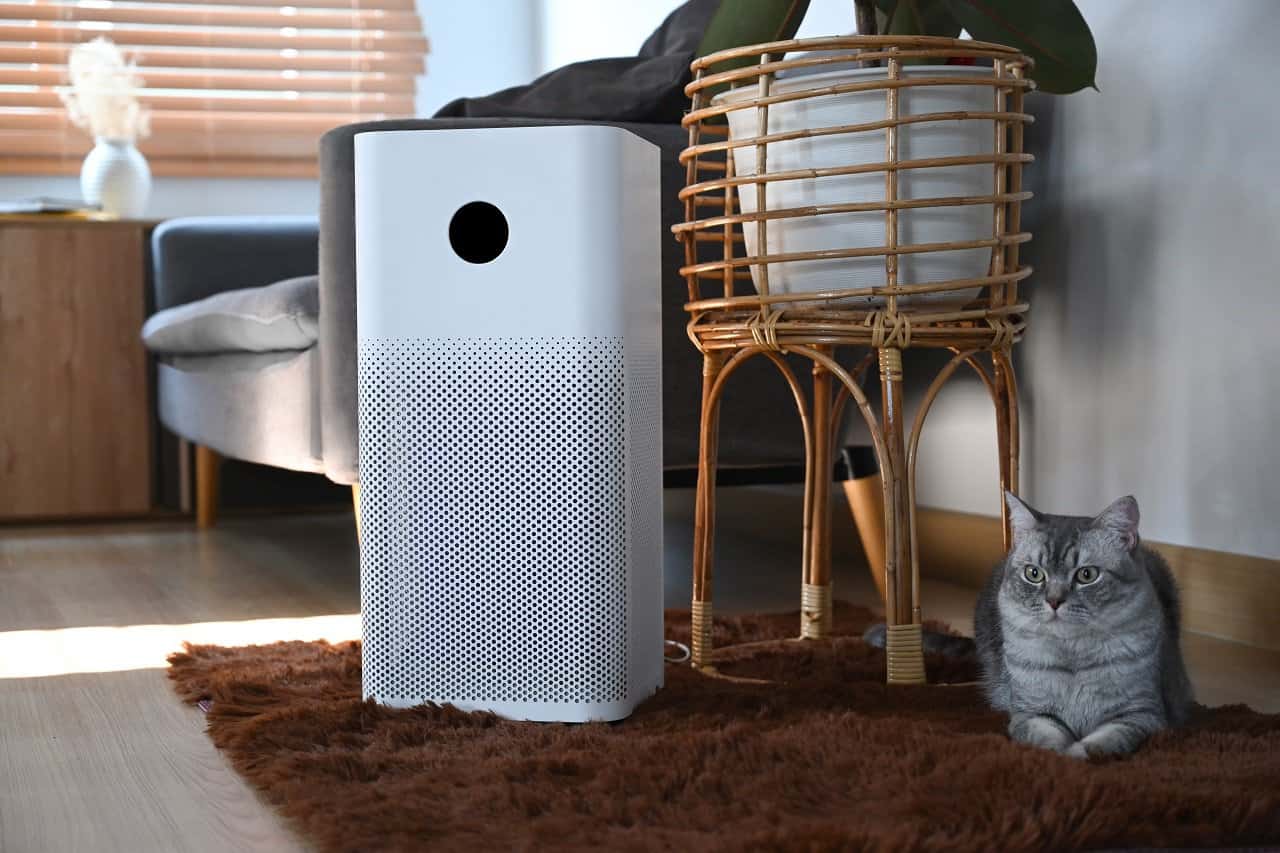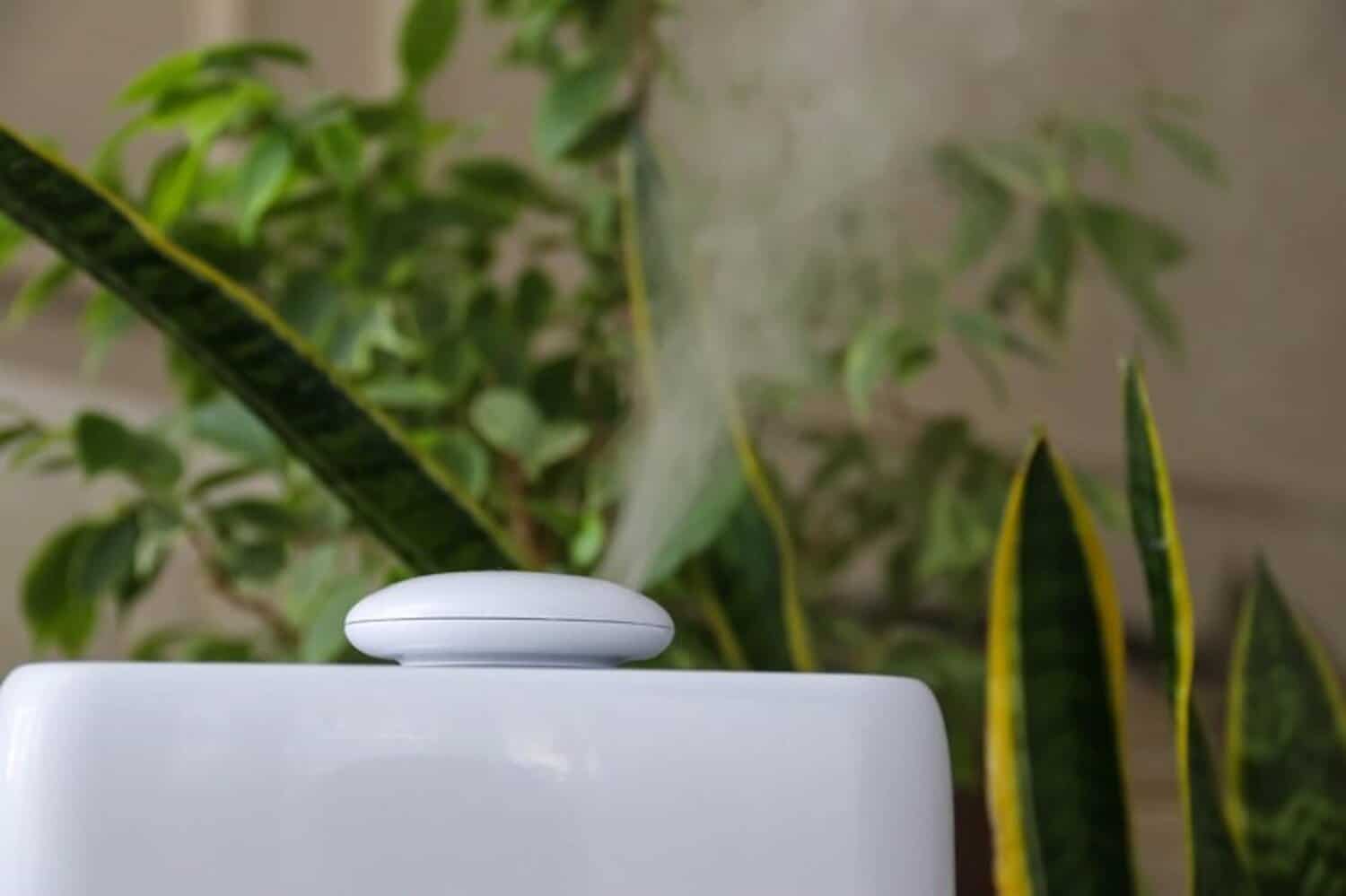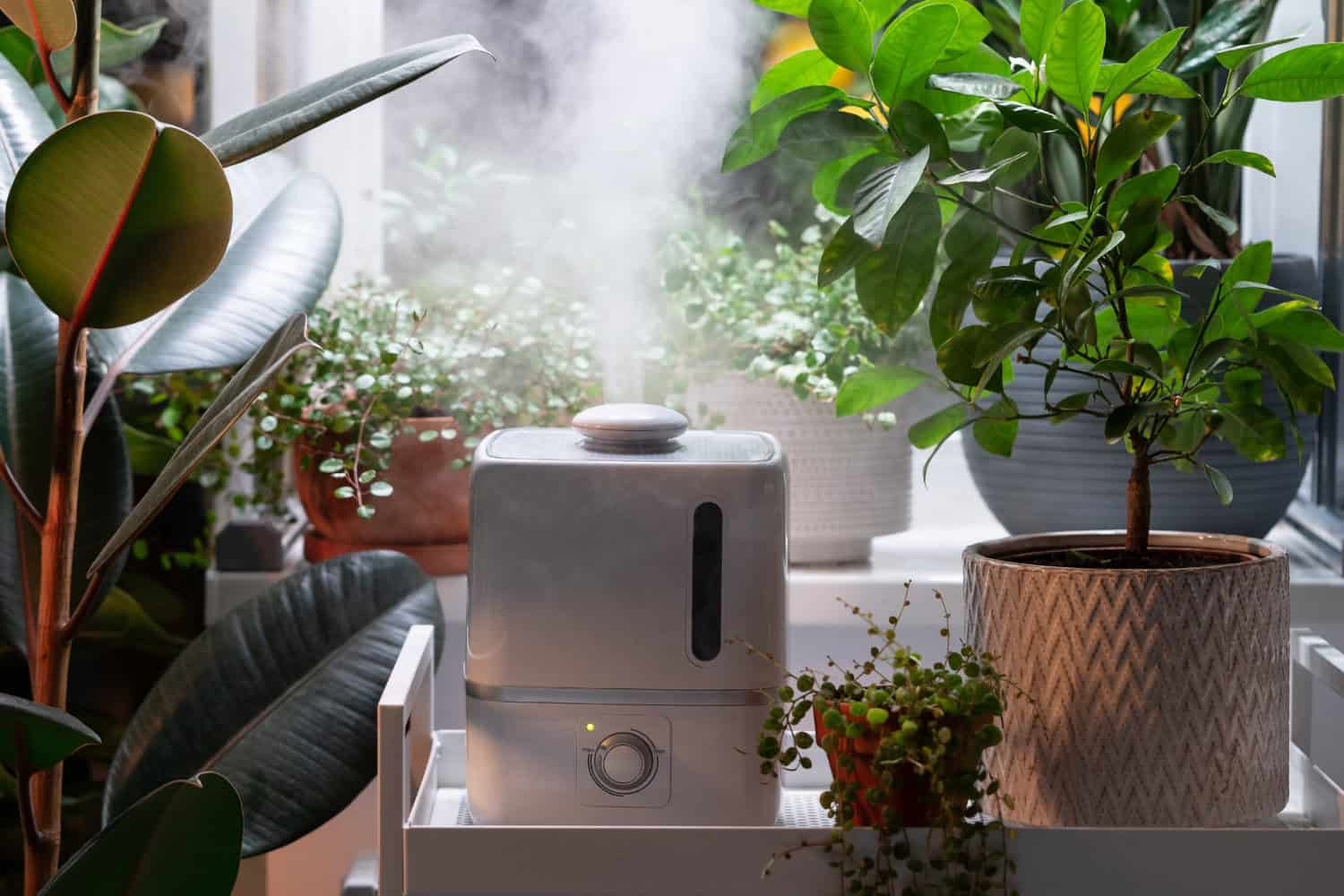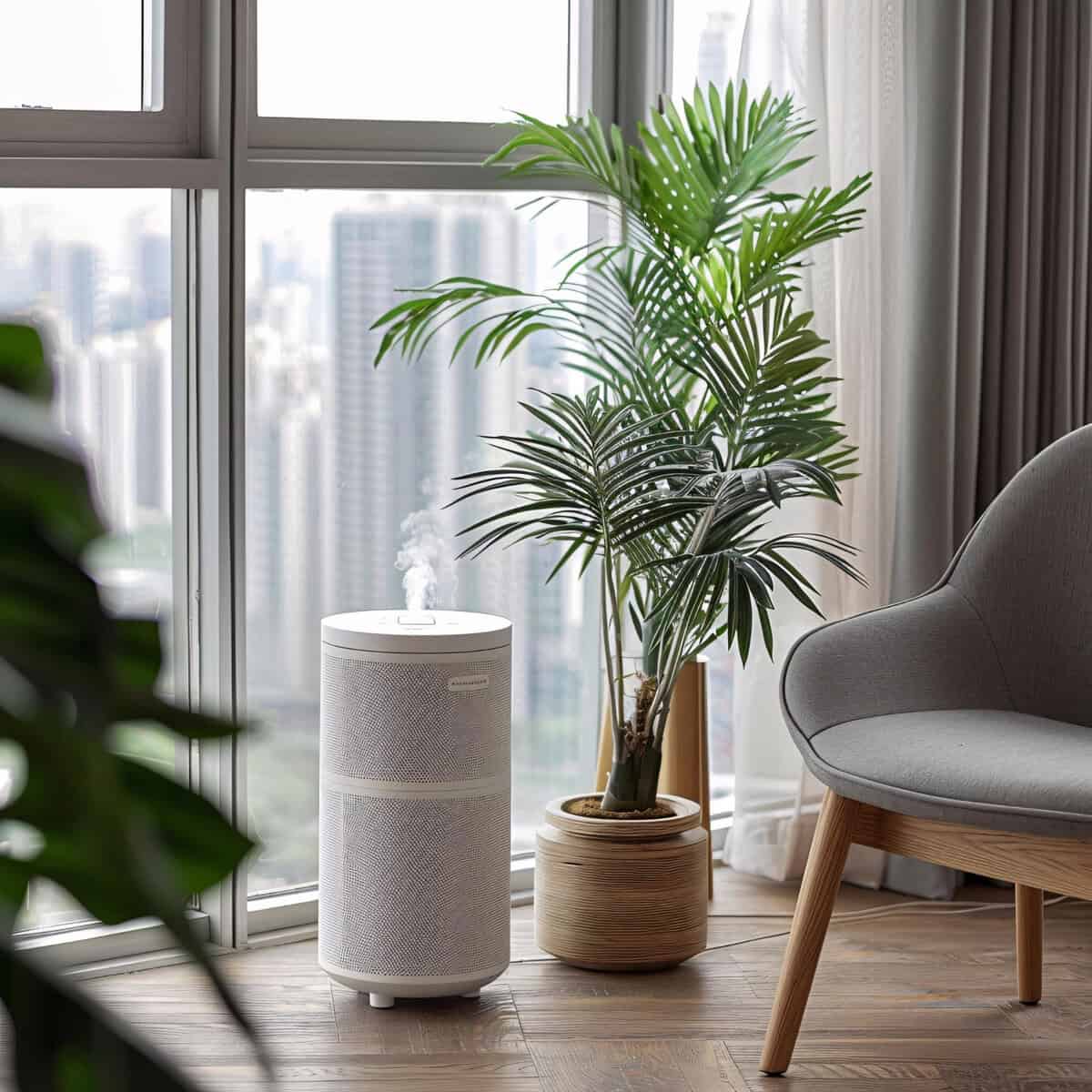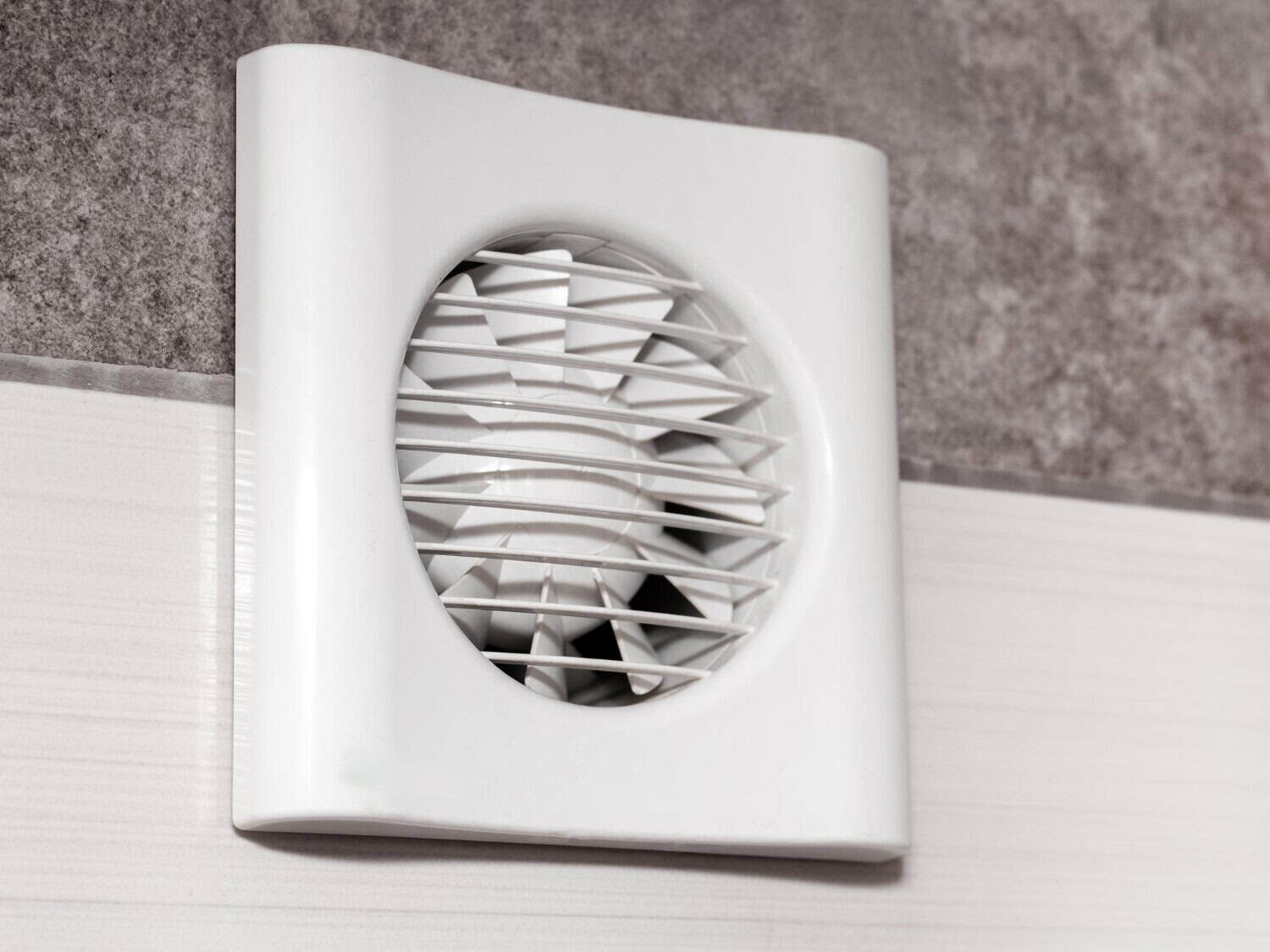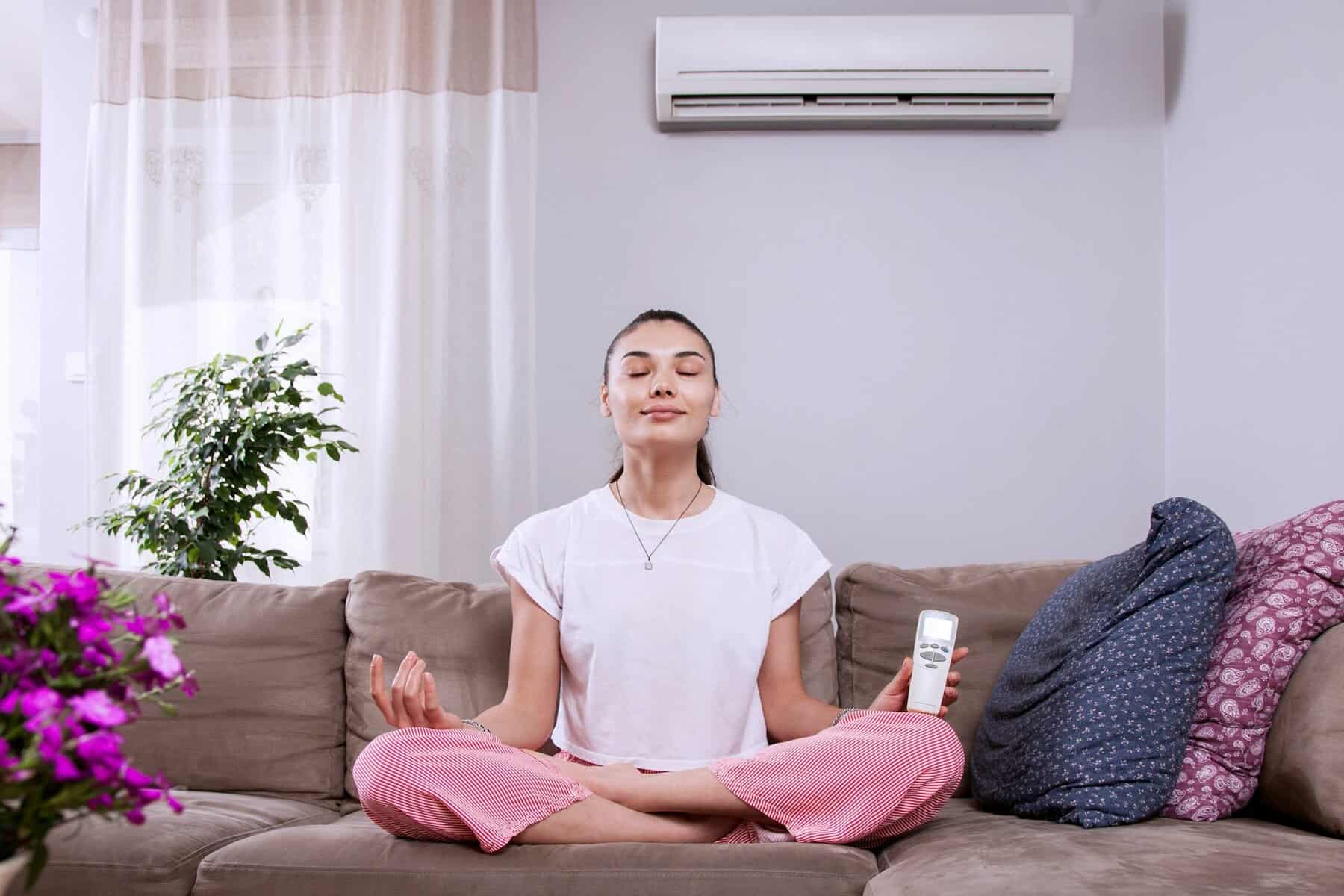Breathing clean air is vital for a healthy life, and ensuring your home’s air quality is as good as possible is easier with the right tools. Air purifiers are fantastic devices that help reduce pollutants in the air, making your living environment healthier and fresher. Whether you’re dealing with allergies or just want cleaner air, an air purifier can make a big difference.
Different types of air purifiers are designed to tackle various airborne issues, from dust and pollen to pet dander and smoke. Understanding how these devices work and their benefits can help you make informed choices for your home. With some knowledge and the right air purifier, you can enjoy better air quality and peace of mind, knowing your home is a safer place to breathe.
Understanding Air Purifiers and Their Benefits
Air purifiers are designed to remove pollutants, allergens, and toxins from the air inside your home. They work by drawing in air, filtering out harmful particles, and releasing cleaner air into the room. This process is crucial for maintaining a healthy indoor environment, especially in areas with high pollution levels or where residents have respiratory issues.
One major advantage of air purifiers is their ability to alleviate common health issues, such as allergies and asthma. By reducing airborne allergens like dust mites, pollen, and pet dander, these devices can make life more comfortable for those sensitive to these irritants. Moreover, air purifiers can help remove harmful substances like tobacco smoke and volatile organic compounds (VOCs), reducing the risk of adverse health effects.
Several types of air purifiers are available, each offering unique benefits. HEPA filters are highly effective at trapping small particles, making them ideal for allergy and asthma sufferers. Activated carbon filters excel at removing odors and chemical fumes. Ultraviolet (UV) air purifiers use UV light to destroy germs and bacteria, providing additional protection. You can choose the right air purifier to meet your specific needs by understanding these options.
Key Features to Look for in an Air Purifier
When selecting an air purifier, consider several key features to ensure you choose the best option for your home. Start by evaluating the size of the area you need to purify. Ensure the purifier’s capacity matches the room’s square footage for effective operation.
One of the most important features is the type of filter used. HEPA filters, renowned for capturing 99.97% of particles as small as 0.3 microns, are essential for those with allergies. Activated carbon filters are crucial for removing odors and VOCs and enhancing air freshness.
Pay attention to additional features that improve user experience. Noise levels are important, especially if you plan to use the purifier in a bedroom or study. Look for quiet models if noise is a concern. Energy efficiency can impact your electricity bill, so consider devices with energy-saving modes.
Many modern purifiers come with smart capabilities, allowing you to control them via smartphone apps. This feature can simplify monitoring and adjusting settings, especially if you’re not always home. Prioritizing these features will help you select an air purifier that meets your air quality needs and fits seamlessly into your lifestyle.
Strategic Placement for Optimal Performance
To maximize the performance of your air purifier, it’s crucial to place it in the right spot. Ideal locations include central areas in your home where air circulates naturally, such as living rooms or large bedrooms. This allows the purifier to capture more airborne particles effectively.
There are several tips you can follow to enhance the coverage and effectiveness of your air purifier:
1. Avoid Obstructions
Keep the purifier away from walls, furniture, or curtains that might block airflow. Ensure there is enough space around it to allow free air circulation.
2. Height Matters
Elevate the purifier using a table or shelf, especially if it pulls air from the bottom, to draw in airborne particles more efficiently.
3. High-Traffic Areas
Placing purifiers near areas with high foot traffic can prevent dust and other particles from settling back into the air.
Avoid common mistakes such as placing the purifier behind couches or hiding in corners, as this limits its ability to clean the air efficiently. Consistent placement and some strategic adjustments can significantly boost the air purifier’s performance.
Maintenance Tips for Long-lasting Efficiency
Keeping your air purifier in top condition requires some routine care. Regular maintenance ensures effective operation and extends the device’s lifespan. Start by following a simple checklist of tasks to perform periodically.
1. Filter Replacement
Change filters according to the manufacturer’s guidelines, usually every 3 to 6 months. This step is crucial for maintaining air quality and device performance.
2. Cleaning
Wipe down the purifier’s exterior to remove dust and debris. Vacuum the area around the intake and outlet grills to keep them free of obstructions.
3. Inspection
Check for any unusual noises or reduced airflow, which could indicate a need for repairs or parts replacement.
Regular filter replacement and cleaning can’t be overlooked, as clogged filters decrease efficiency and strain the purifier’s motor. If you notice persistent issues like strange noises or ineffective cleaning, it may be time to consult a professional or consider a replacement.
Conclusion
Ensuring clean air in your home with an effective air purifier is a wise investment in health and comfort. When strategically placed and properly maintained, the right purifier can greatly improve indoor air quality, reducing allergens and harmful particles. By understanding its operation and optimizing its performance, you create a healthier living space for you and your family.
Ready to enhance the air quality in your home? Contact My Jockey today. We offer expert advice and services in air purification and comprehensive HVAC solutions to ensure your home’s comfort and safety. Let’s help you breathe easier with the right air quality solutions tailored for your living space.


